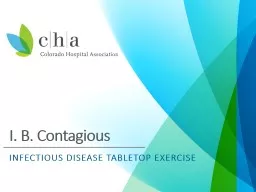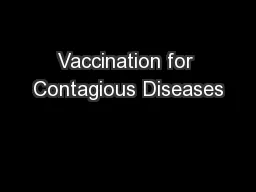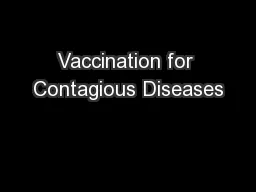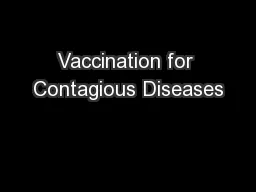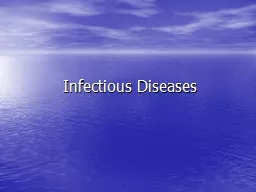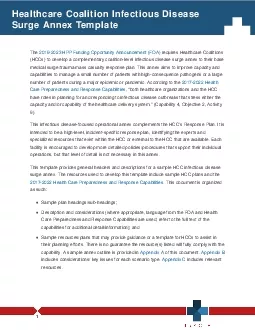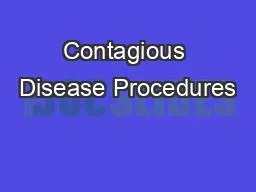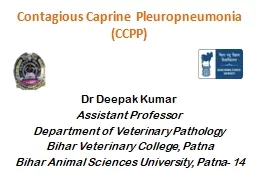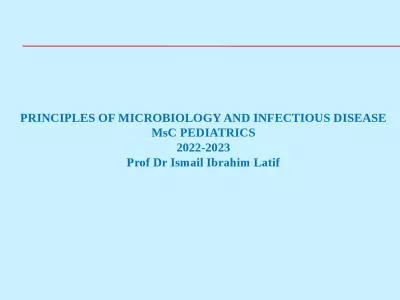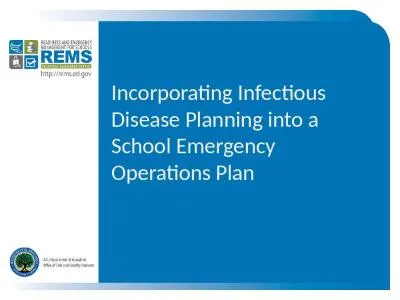PPT-I. B. Contagious Infectious disease
Author : clara | Published Date : 2022-05-17
tabletop exercise Exercise Assumptions The scenario is plausible There are no trick questions All participants receive information at the same time There may be
Presentation Embed Code
Download Presentation
Download Presentation The PPT/PDF document "I. B. Contagious Infectious disease" is the property of its rightful owner. Permission is granted to download and print the materials on this website for personal, non-commercial use only, and to display it on your personal computer provided you do not modify the materials and that you retain all copyright notices contained in the materials. By downloading content from our website, you accept the terms of this agreement.
I. B. Contagious Infectious disease: Transcript
Download Rules Of Document
"I. B. Contagious Infectious disease"The content belongs to its owner. You may download and print it for personal use, without modification, and keep all copyright notices. By downloading, you agree to these terms.
Related Documents

